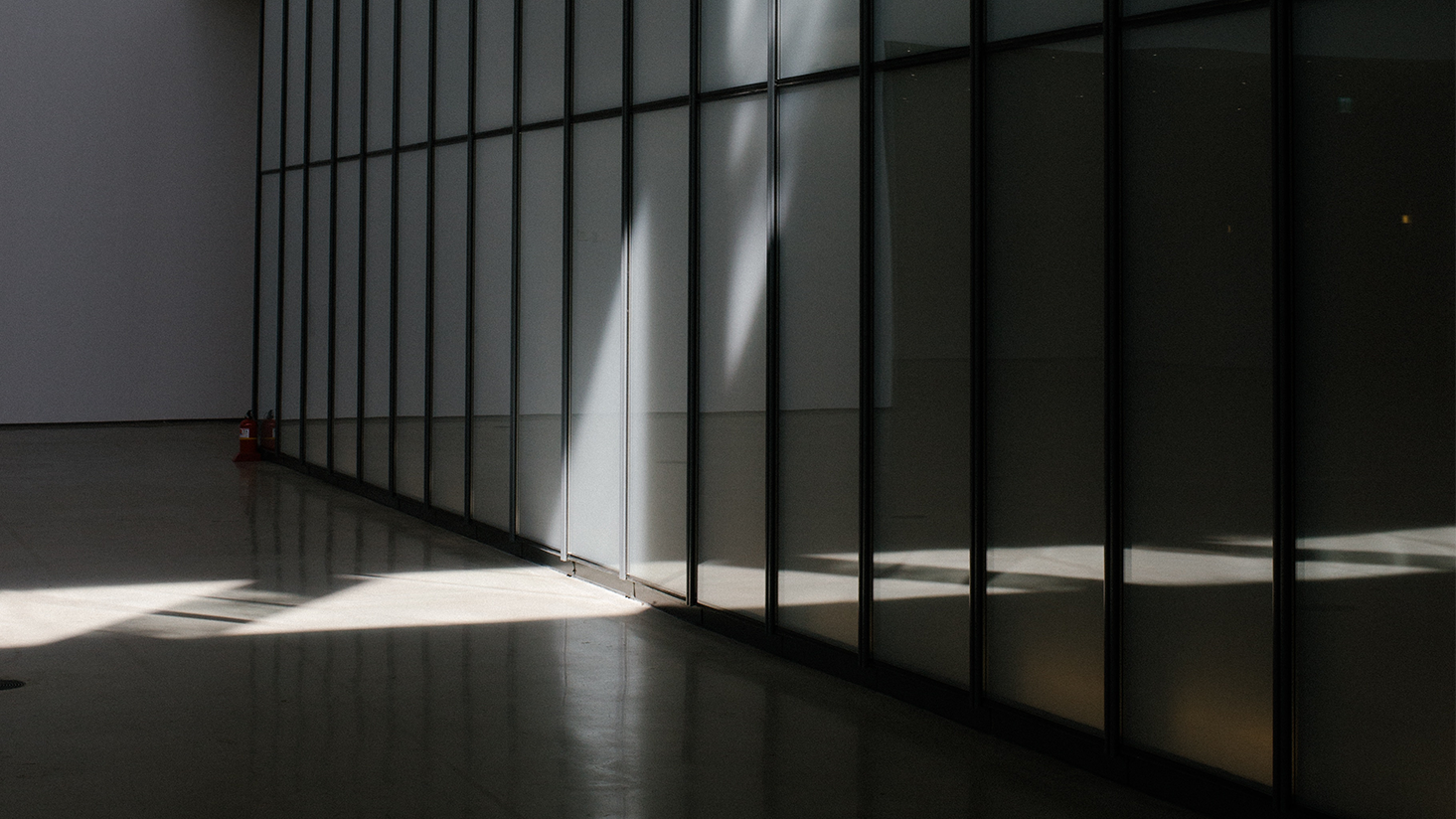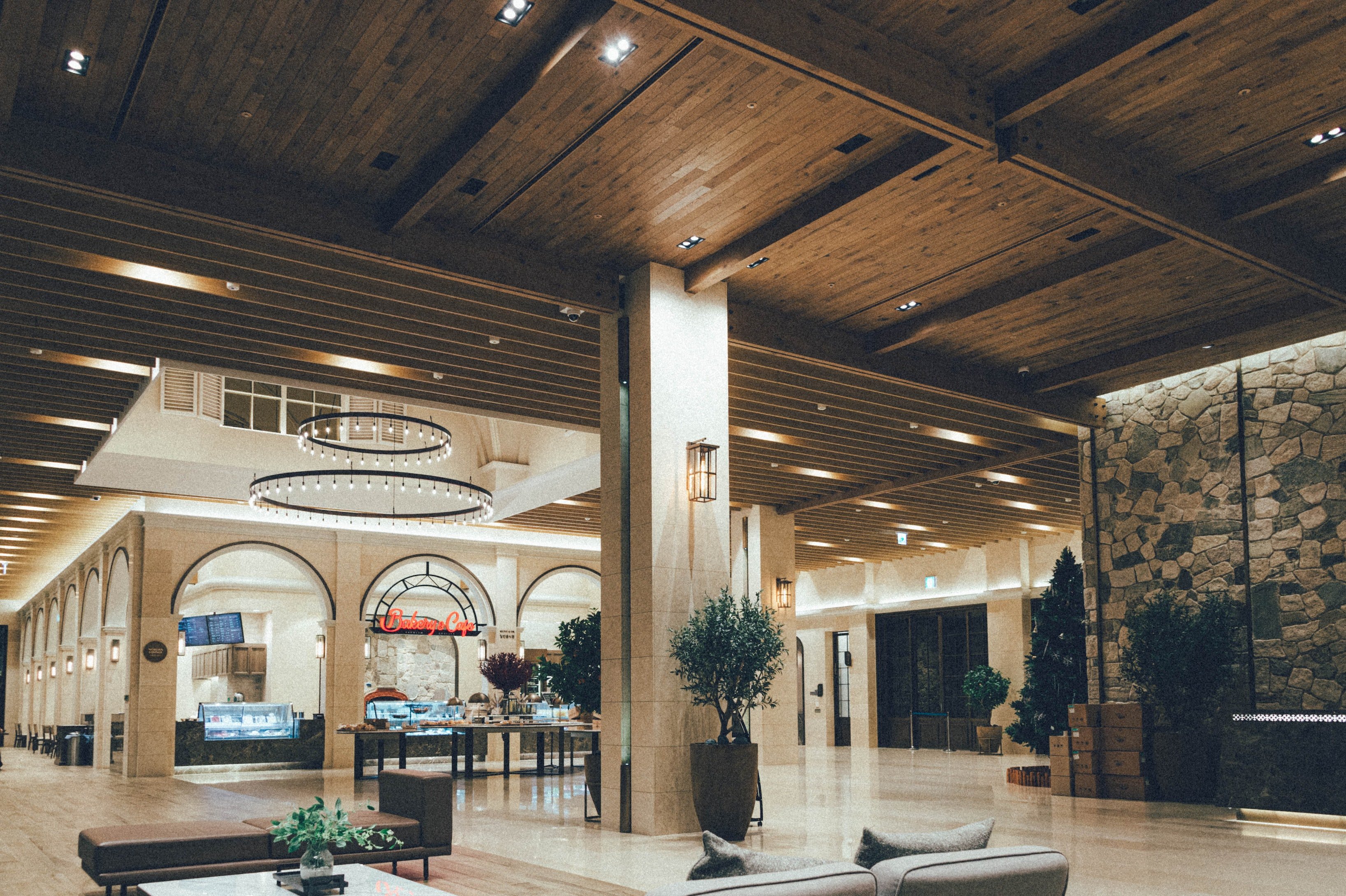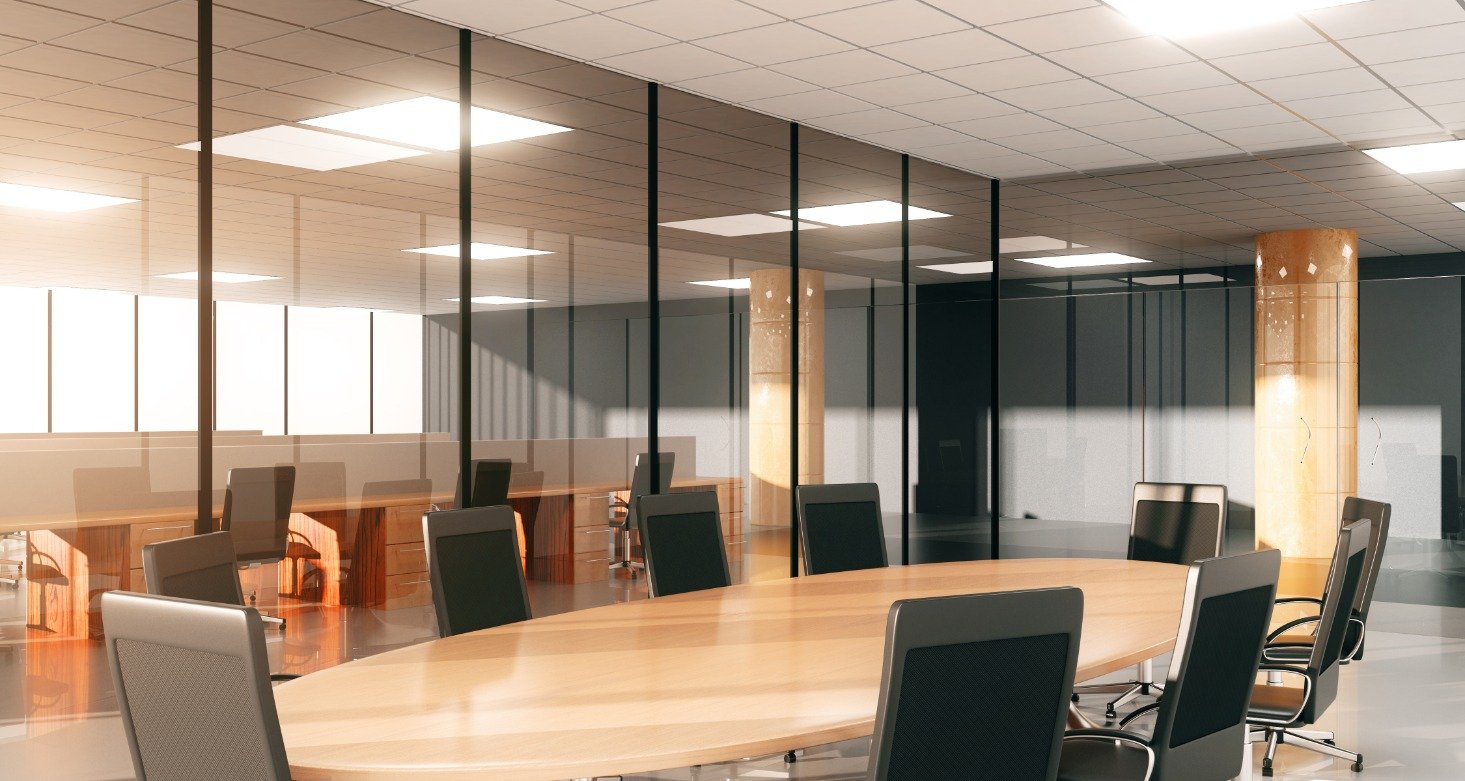Best LED replacement options for CFL bulbs

Five years ago, National Geographic wrote about the phase out of an "unloved" light bulb that was close to phasing out. Yet, here we are still talking about the lighting product that quickly became replaced by LEDs - Compact Fluorescent Lamps (CFLs).
While there are still plenty of CFLs available for purchase, we first noticed the decline in manufacturing around the same time as the National Geographic article. The current phase out is two-fold: LEDs are much more energy-efficient and the cost of materials for CFL’s is higher.
Regardless of the reasons behind the decline, we have noticed fewer replacement options and longer lead times for CFL bulbs for CFL bulbs, and that often puts our customers in a pinch.
To help our customers find a solution, we are explaining three different CFL replacement options and what to do if one of them doesn't work for you.
CFL replacement options
Because manufacturers are discontinuing more and more CFLs, we typically guide customers towards LED replacement products.
LEDs use less energy and offer more directional light, which is great for applications where CFLs are common, like recessed cans. LEDs generally cost more, but the long-term savings are often worth it. Even though CFLs were initially known for consuming less energy, they are still not as energy efficient as LEDs.
LEDs also reduce the cost of replacement lamps and maintenance time and fees. CFLs last around 8,000 hours. LED equivalents can last up to 25,000 hours and beyond.
Confused about which CFL product you need to replace? Learn how to read the light bulb number.
Here are three LED replacement options for CFLs:
1. Replace the CFL with a plug-and-play LED. A plug-and-play LED is a lamp with the same base that can also run off the ballast.
To use a plug-and-play LED, first verify the base of the CFL. You will need to purchase an equivalent with either two pins or four pins. Since you are not changing out the fixture with this option, it's critical to find the matching base.
Next, check for ballast compatibility. LED plug-and-play lamps that use the existing ballast typically have a sheet so you can cross-reference the type of ballast before a purchase. In general, 4-pin CFLs have electronic ballasts. However, some 2-pin CFLs have magnetic ballasts.
There are also two styles of plug-and-play lamps: vertical and horizontal base lamps. The LED replacements are often not interchangeable because of the directional nature of LEDs, so you'll want to consider the orientation of the socket(s) in your fixture(s).
2. Replace the CFL with a ballast bypass LED. In some cases, it's easier to bypass the ballast than it is to find a compatible ballast. With this option, an LED with the same base as the original CFL runs off the voltage coming to the fixture. This may also be called a "direct wire."
By bypassing the ballast, you don't have to worry about failing ballasts within the fixture or compatibility issues.
Similar to the plug-and-play option, you will need to find a product with the same base as the current CFL to ensure it fits in your current fixture. There are also vertical and horizontal options, depending on the desired beam spread and application.
Because a ballast bypass requires rewiring the fixture, we recommend using a certified electrician.
3. Replace the CFL with a retrofit kit or LED light engine. Our last option is to remove the ballast and socket in the fixture and wire in an LED driver and board. The new parts fit into the existing fixture, so the size of the retrofit kit or light engine are important to ensure compatibility.
Retrofit kits and light engines come with all of the necessary components you'd need to change the fixture to become compatible with an LED lamp. That includes sockets, trim, reflector, and brackets.
This solution offers more flexibility when it comes to things like light output and color temperature. Some light engines offer color selectability, so you can choose the color temperature in the field instead of prior to purchase.
However, this solution is the most expensive option because you have to purchase the kit as well as the new LED lamp. It also requires more labor since you are replacing parts of the fixture.
Additional CFL to LED options
Installing new fixtures is another option if CFLs are no longer available, but we typically see this as the best choice during a remodel project. Replacing a complete fixture is more costly, but the long term benefits of life span and efficiency typically pay off if you're already doing remodel construction work.
If you cannot find the right replacement product, or need help finding a new solution, please do not hesitate to contact us. Our lighting experts are well-versed on this topic and have already walked other customers through finding the product.












